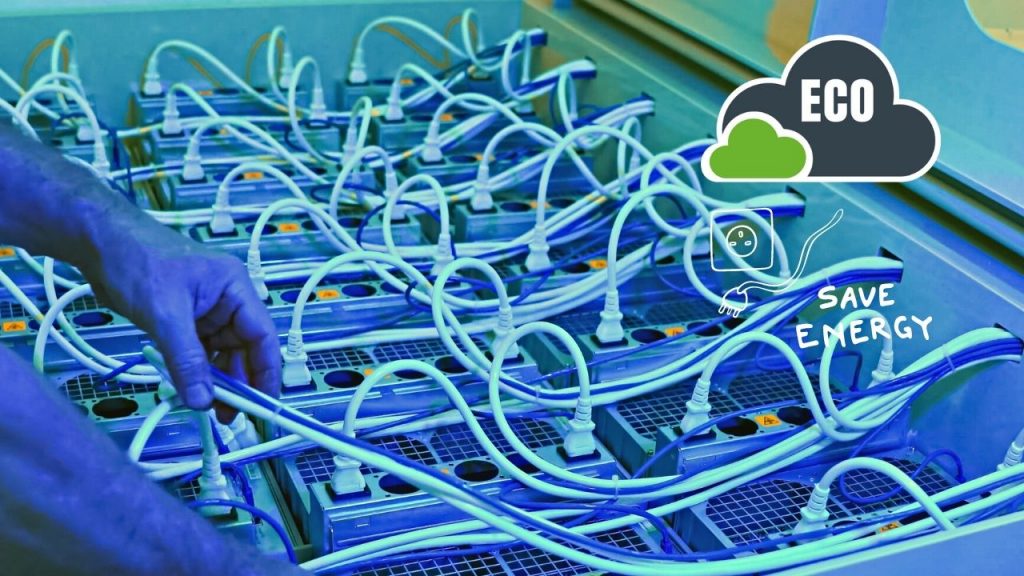Immersion cooling and sustainability benefits
How immersion cooling can help to achieve sustainability goals?
Demands for sustainable data have increased as businesses focus on sustainability. Stakeholders are pushing corporations to respond to environmental sustainability through the reduction of carbon footprint among other measures. Data storage surge is directly linked to the corporate push for sustainable data. They are also going ahead to demand green cloud computing as data centres are known for their power consumption. The irony is that as the corporate shift to cloud computing, a solution that reduces carbon footprint, these efforts are eroded by the high power demands of data centres.
With cloud computing, workers can work remotely, dematerialisation is achievable and resources can be utilised effectively. However, unless a data centre adopts efficient operations and uses energy sources that have minimal carbon footprints, the gains made risk being eroded.
Greenpeace Report highlights the carbon footprint of data centres to the general public. In numerous studies, it has been found that power consumption from data infrastructure has increased and will continue to rise. An example of China is given where the country will see an estimated rise of 289% in the next fifteen years. The sad thing about this is that most of the power may still be sourced from fossil fuels. In 2021, sixty-one per cent of the power which was used in China’s digital infrastructure was sourced from coal.
The situation is not different from other countries, this is where we are. However, efforts are being made to address the looming problem. The large corporate has led the way in reducing the impact of digital transformation on the environment.
Among the solutions that have been proposed and are being adopted in some quarters is liquid immersion cooling. This is a technique that aims at reducing the amount of energy used in data centres. With this technology, power consumption is significantly reduced, helping in saving energy costs and keeping the environment clean. Liquid immersion cooling counts as one technique that benefits sustainability.
There are two ways through which liquid immersion cooling is beneficial to the environment and its adoption can be the silver lining in achieving efficient data storage. It is achieving this through:
Reducing power demand
With immersion cooling, internal fans are not needed and therefore are removed from the servers. Their removal means that energy loads are significantly reduced. Conventional estimates put this reduction between 10-15%. The reduction in power requirement has huge implications for different aspects of data centre infrastructure. This means that power consumption is reduced significantly something which benefits the data centres, customers, and more importantly the environment through the reduction of carbon footprint.
Reuse of waste heat
The other aspect is the reuse of the heat that is generated by the servers. This is a big issue in some countries, especially in Europe where cities are demanding strategies on how the server heat can be re-used as a condition for permitting data centres.
With the projected increase in data transformation demand and cloud computing needs, green solutions are needed, and liquid immersion cooling promises both worlds, allowing the sustainable operation of data centres and lowering costs. Its adoption will save both the environment and corporate financial health.
Give us a shout if you’re interested in cloud infrastructure powered by liquid immersion cooling technology – [email protected]

